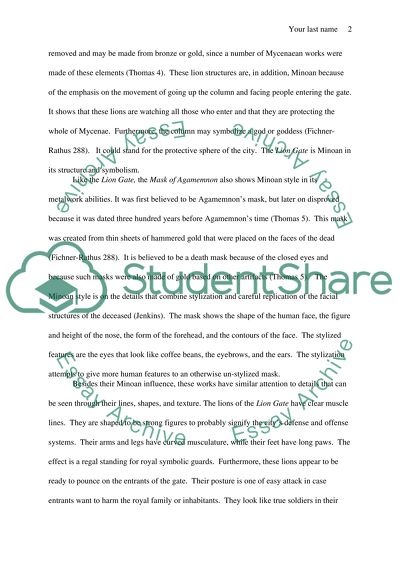Cite this document
(Ancient Aegean Art: Lion Gate and the Mask of Agamemnon Research Paper - 2, n.d.)
Ancient Aegean Art: Lion Gate and the Mask of Agamemnon Research Paper - 2. Retrieved from https://studentshare.org/performing-arts/1664387-comparecontrast-essay
Ancient Aegean Art: Lion Gate and the Mask of Agamemnon Research Paper - 2. Retrieved from https://studentshare.org/performing-arts/1664387-comparecontrast-essay
(Ancient Aegean Art: Lion Gate and the Mask of Agamemnon Research Paper - 2)
Ancient Aegean Art: Lion Gate and the Mask of Agamemnon Research Paper - 2. https://studentshare.org/performing-arts/1664387-comparecontrast-essay.
Ancient Aegean Art: Lion Gate and the Mask of Agamemnon Research Paper - 2. https://studentshare.org/performing-arts/1664387-comparecontrast-essay.
“Ancient Aegean Art: Lion Gate and the Mask of Agamemnon Research Paper - 2”, n.d. https://studentshare.org/performing-arts/1664387-comparecontrast-essay.


